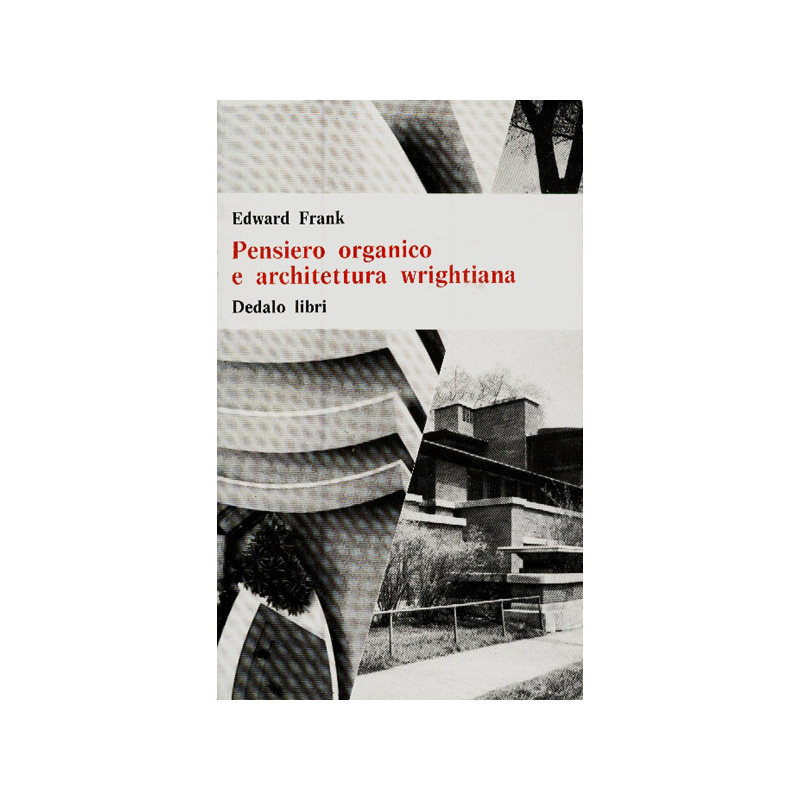Edward Frank

Edward Frank, Filosofia organica, architettura organica e Frank Lloyd Wright, “l’Architettura – cronache e storia”, 7, 1969, p. 446
Organic architecture is completed through human experience. In source and orientation it has been humanistic, but not in the sense understood by the Renaissance. The proportions and scale, harmonies and ratios of buildings in the Cinquecento were all meant to reflect the mathematical purity of cosmic order. This order was interpreted by investing an abstract ideal of man, as the product of divine will and the image of God, with mathematical values.
Such a view rested upon a set of premises about the cosmos which held, in some measure, that the sum of its parts was forever complete, the relations between these parts were rigidly fixed, and change in the whole was excluded. The humanism of organic architecture is founded upon substantially different assumptions: man is considered a sentient creature, born, living, reproducing and dying amidst a world itself in the process of procreation.
The distinction between these views of man reaches deeper than the categories of «classical» and «romantic» architecture, resting as it does upon fundamental modes of thought in Western civilization. Structures based upon these cosmologies and these views of man have appeared and reappeared, in one guise or another, throughout history, and are represented most clearly in the modern era by the works and writings of Le Corbusier and Frank Lloyd Wright.
Edward Frank, Pensiero organico e architettura wrightiana, Dedalo, Bari 1978, p. 23
Un ambiente in divenire continuo
L’architettura organica si completa attraverso l’esperienza umana. È umanistica per genesi e orientamento, ma non nel senso che a questo termine ha dato il Rinascimento. Proporzioni e scala, armonie e rapporti negli edifici cinquecenteschi avevano lo scopo di riflettere la purezza matematica dell’ordine cosmico.
Tale ordine veniva appunto rappresentato investendo di valori matematici un ideale astratto dell’uomo, inteso quale prodotto della volontà divina ed immagine di Dio. Questa concezione poggiava su una serie di premesse cosmologiche: la somma delle parti del cosmo è definita una volta per tutte; le relazioni tra le parti sono rigidamente fissate; è escluso ogni mutamento dell’insieme. L’umanesimo dell’architettura organica poggia su assunti sostanzialmente antitetici: l’uomo è considerato una creatura senziente che nasce, vive, si riproduce e muore entro un mondo in perenne stato di procreazione.
La differenza tra le due concezioni è ben più profonda della distinzione fra le categorie architettoniche di “classico” e “romantico”, poiché coinvolge opposte modalità di pensiero, fondamentali nella civiltà occidentale. Strutture basate su queste cosmologie e concezioni dell’uomo sono comparse e ricomparse nella storia; nell’epoca moderna si evidenziano con peculiare chiarezza nelle opere e negli scritti di Le Corbusier e Frank Lloyd Wright.

 English
English